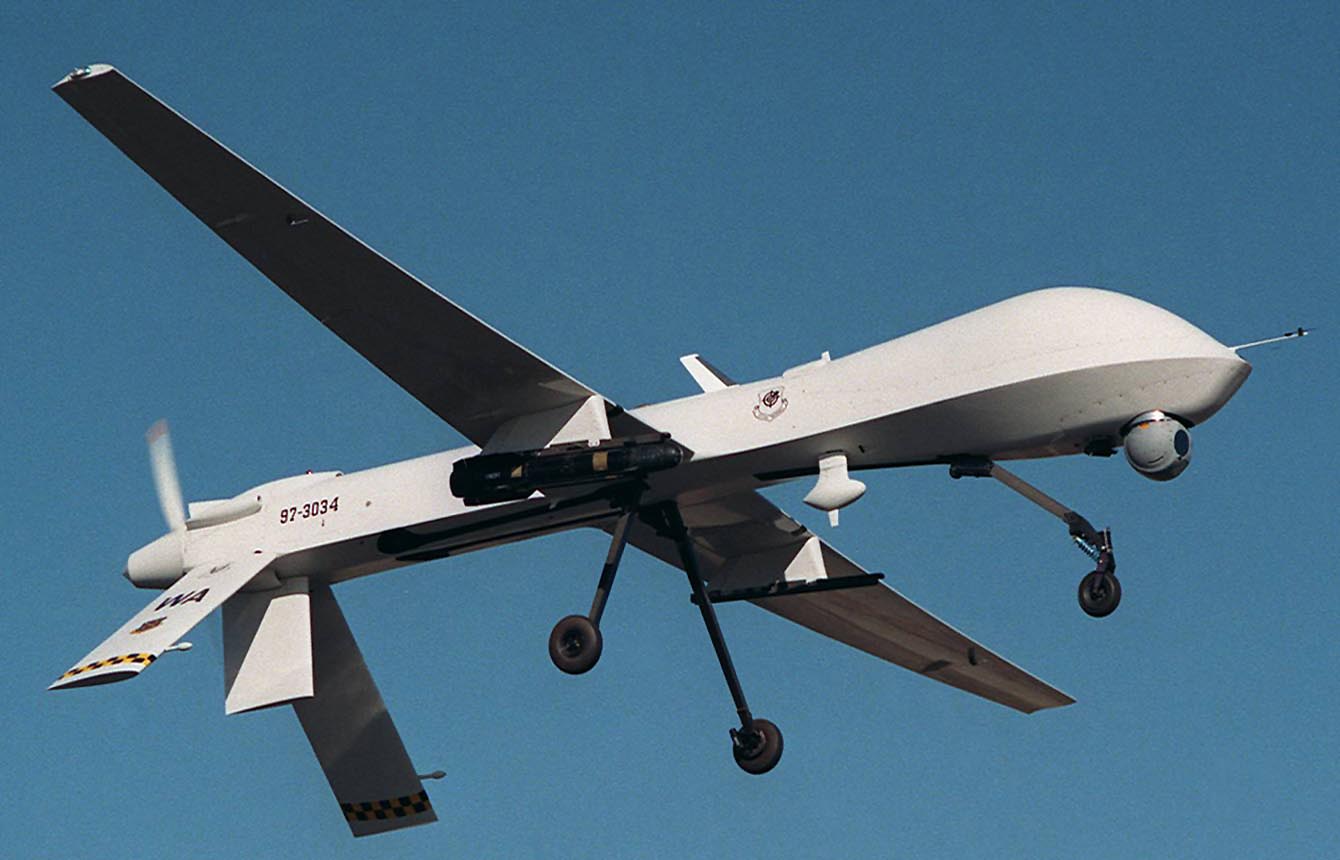Future Drone Technology and Applications
What's Next for Drone Deliveries?
February 06, 2017

The first modern unmanned aerial vehicles (UAVs) or drones, were created for the military for reconnaissance. They could also be used to provide attack and supply capability for high-risk missions or fly decoy missions to get the opposing force to waste expensive anti-aircraft missiles.

With the arrival of quadcopters, cameras and artificial intelligence software, drones became less likely to crash which made them more appealing to industry and consumers.

Today’s drones are more versatile. They can also travel along the ground, stick to the side of a building, and dive under water. Some can even take off vertically like a helicopter and then fly like a plane for speed and maneuverability.
How are drones being used today?
- Real estate photography
- Architecture and construction
- Film Industry
- Recreation
- Sport - drone racing
- Marketing drones like seen in Superbowl 51
What are the pros and cons of drones?
Pros
- It can provide unprecedented views
- Easy to fly – does not require lengthy training
- Can go in areas unsafe for humans
- Can go in areas inaccessible to humans
- Can be used in swarms to cover wide areas
- Can provide emergency supplies to remote areas
Cons
- They are noisy
- They can be intrusive
- Short battery life/flight time
- They can crash from mechanical failure, operator error, a dead battery or lost signal--and cause damage or injury.
- Can interfere with birds, passenger jets and emergency aircraft
- Difficult to regulate due to many shapes and sizes
How might drones be used in the future?
- Delivery of retail products, food, medical/emergency needs, especially in remote areas
- Agricultural – herder drones, insect and bird detering drones, soil analysis
- Forest fire monitoring
- Drones to watch over protected species/areas
- Civil incident monitoring – A drone could be sent up by first responders to access the situation.
- Provide internet in remote areas
- Monitor air quality
- Replace helicopter for news, inspecting pipeline and roads, law enforcement
Not so fast
As commercial and consumer drones become less expensive and more reliable, they will be used in many applications that have not even been thought of yet. But, keep your feet on the ground. Drone pizza delivery might make sense in New Zealand, where the distances can make any delivery guy look like Frodo on a fiery mountain. Whereas, drone-delivered slices in a trendy Manhattan restaurant are a gimmick, not a better solution.
Cleared for landing
Governments guard their air space dutifully, for obvious military and safety reasons. In many countries, regulations for a variety of drones have already in place. In the United States, all drones over .55 pounds must registered with the FAA.
Whether or not commercial and consumer drones will be accepted for use in public areas is still up in the air. The two biggest obstacles are the noise and the camera. Another problem is that they can be knocked out of the air with an accurately thrown walnut.
Will drones have a place in the future? The chances are good--in niche applications that keep them away from water hoses and angry old men.
Image credits
Predator drone via Wikimedia Commons
Radio-controlled drone via Wikimedia Commons

